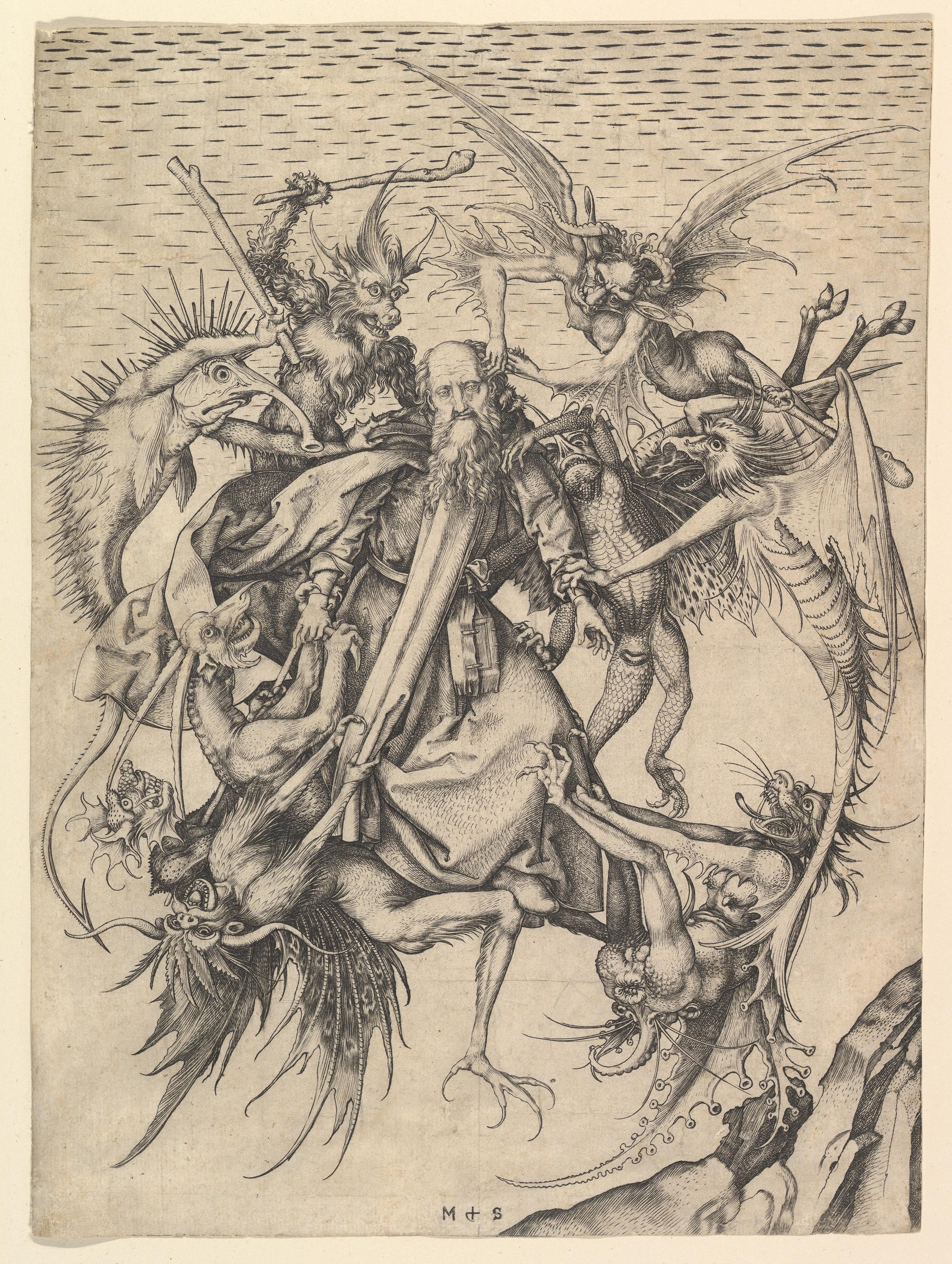(via Wikimedia Commons)
Creativity and mental illness is a subject not lacking in ink spilled across pages (or text across a screen). A Google scholar search alone brings up 716,000 results. Wikipedia has a page dedicated to the subject. Neurologists are discussing it. Sometimes, in the case of Vincent van Gogh, it seems to be the only thing people tend to remember about a person.
The "tortured artist" is more often thought of as a painter, sculptor, or writer/poet whose torture derives from schizophrenia or manic depression (bipolar disorder). However, anyone who creates is, in my own opinion, an artist. When we realize that there are a great number of personal troubles that we all face, issues like self-doubt, anxiety, depression; these personal troubles can feel like barriers, walls, and dividers between oneself and the world around us. What crafting and creativity offers is a multifaceted means of self expression and, in many cases--especially in the modern wi-fi world, a chance to connect in different ways to others.
Anyone who creates is an artist
| Art | Craft | Artist |
|---|---|---|
| Art is a diverse range of human activities and the products of those activities, usually involving imaginative or technical skill. | A craft is a pastime or a profession that requires particular skills and knowledge of skilled work. | An artist is a person engaged in one or more of any of a broad spectrum of activities related to creating art, practicing the arts, and/or demonstrating an art. |
All of these words have changed their meanings over time, as words often do. For instance, in the past the profession of an artist was not an ideal position to be in. It was still a form of manual labor--working with your hands and, thus, dirtying them. BBC Radio 4 has a very interesting podcast about the morphing culture of artists.
As the show mentions, society has moved from Seneca's quote in 1 CE:
“One venerates the divine images, one may pray and sacrifice to them, yet one despises the sculptors who made them.”
To the words of the Romantic poet William Wordsworth:
“[W]hat is meant by the word Poet? What is a Poet? to whom does he address himself? and what language is to be expected from him?—He is a man speaking to men: a man, it is true, endowed with more lively sensibility, more enthusiasm and tenderness, who has a greater knowledge of human nature, and a more comprehensive soul, than are supposed to be common among mankind [...]” (Preface to Lyrical Ballads, ¶ 15)
My personal definition of an artist is someone who uses their body to create something based on the inspiration derived from the mind and/or the world around them. There is a passion, a release of tension, a soothing presence, a personal connection to the work an artist has for their art or craft. To me, this satisfactorily addresses numerous professions, crafts, arts, and pastimes. From the performing artists who use their entire body to enact stories and emotion, to glassblowers who use fire and air--their lungs and breath--to help shape the works they create, to embroiderers whose hands, eyes, and mind are actively working to hold a small section or an individual color and the bigger, finished picture together in unity. To the digital artist who may never have their work in a tangible form, but still devotes hours to getting a code, lineart, or a beat just right.
Inner demons. Self-doubt. Depression. Anxiety. Worries. Problems. Illness. Issues. There are many names and many kinds of personal troubles that people face. We all have them at different times in our lives, but some of us never fully shake ourselves free of the bonds and shackles of what torments us. They are personal. Deeply rooted in the recesses of our minds and unpredictable in when they rise to the surface. They are mental--unseen--in origin, but can affect us physically. Sometimes it feels like a bottled-up roller-coaster. And this is where art, craft, and creating can help to release the pressure.
(The Temptation of St. Anthony by Martin Schöngauer c. 1480-90. Engraving. The Metropolitan Museum of Art, New York)
Multifaceted means of self expression
When you create something--art or craft--you are focusing your energy on making an expression of yourself. It is from you and, thus, a part of you. Creating, not cleanliness, is next to godliness. Your choice of color, content, or materials all mean something to you and represent the mood and feelings you are experiencing at the time of crafting. Crafting as therapy starts out highly personal. It may remain a private creation or it may be shared with family, friends, or even strangers. There are wonderfully supportive communities of artists, crafters, and creators on the Internet.
One of the best things that you can do is to start making/creating/crafting for yourself. Start doing. Trying. Testing. So what if it turns out bad? That is a necessary part of the process. Do it for you and see how you feel.
My mini neko cross stitch. (It's a little bigger than a penny!)



No comments:
Post a Comment